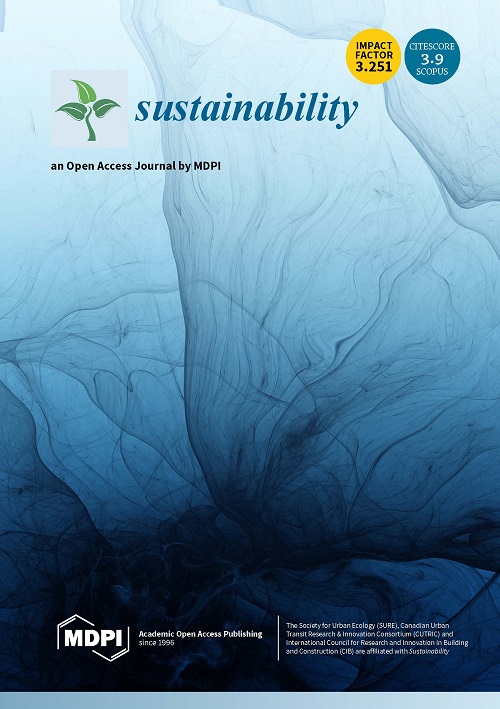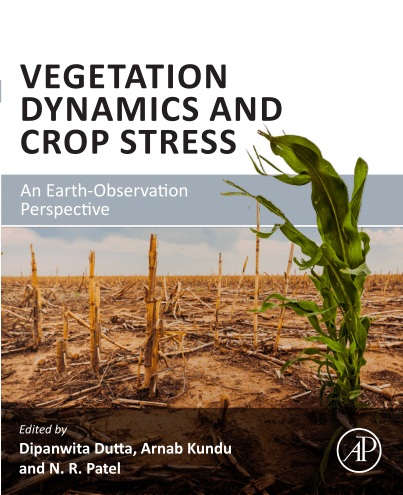Fire is an intrinsic element of many forest ecosystems; it shapes their ecological processes, determines species composition and influences landscape structure. However, wildfires may: have undesirable effects on biodiversity and vegetation coverage; produce carbon emissions to the atmosphere; release smoke affecting human health; and cause loss of lives and property. There have been increasing concerns about the potential impacts of climate variability and change on forest fires. Climate change can alter factors that influence the occurrence of fire ignitions, fuel availability and fuel flammability. This review paper aims to identify tools and methods used for gathering information about the impacts of climate variability and change on forest fires, forest fuels and the probability of fires. Tools to assess the impacts of climate variability and change on forest fires include: remote sensing, dynamic global vegetation and landscape models, integrated fire-vegetation models, fire danger rating systems, empirical models and fire behavior models. This review outlines each tool in terms of its characteristics, spatial and temporal resolution, limitations and applicability of the results. To enhance and improve tool performance, each must be continuously tested in all types of forest ecosystems.
Download:
DOI:
https://doi.org/10.3390/f6051476
Altmetric score:
Dimensions Citation Count:

























